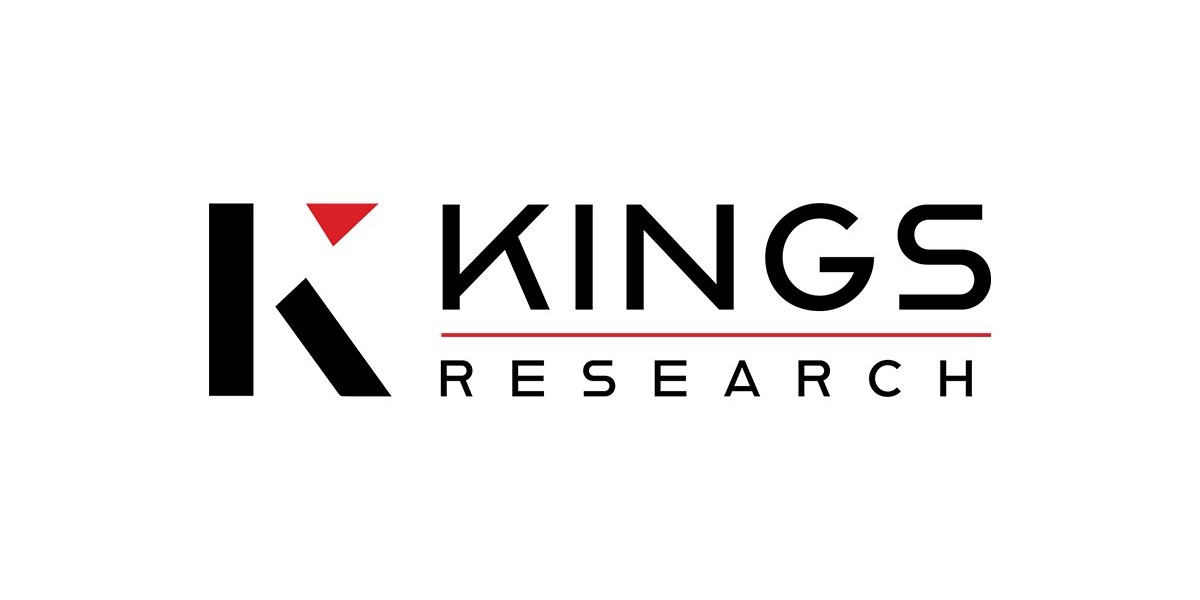Introduction
Seizures are a neurological condition characterized by sudden, uncontrolled electrical disturbances in the brain, leading to changes in behavior, movements, feelings, and consciousness. They can significantly affect the quality of life of individuals and may be associated with various underlying conditions such as epilepsy, head injuries, or infections. Effective management of seizures is critical in minimizing their impact on daily living. Among the pharmaceutical treatments available, gabapentin has emerged as a promising option for seizure management. This article will explore gabapentin's active ingredient, mechanisms of action, clinical indications, dosing guidelines, side effects, and the future of gabapentin in seizure management.
What is gabapentin?
Gabapentin is an anticonvulsant medication that was initially developed for the treatment of epilepsy but has since been utilized for various other conditions, including neuropathic pain and restless legs syndrome. Gabapentin is marketed under various brand names, with Neurontin being one of the most recognized.
Mechanism of Action
Gabapentin's mechanism of action is complex and not entirely understood. It is thought to modulate the activity of certain neurotransmitters and neuronal excitability. Key points regarding its mechanism include:
Calcium Channel Modulation: Gabapentin binds to the α2δ subunit of voltage-gated calcium channels in the central nervous system (CNS). This binding inhibits the influx of calcium ions into neurons, thereby decreasing the release of excitatory neurotransmitters such as glutamate, which plays a role in seizure activity.
Enhancement of GABAergic Activity: While gabapentin does not directly bind to GABA receptors, it may enhance the inhibitory effects of gamma-aminobutyric acid (GABA), the primary inhibitory neurotransmitter in the brain. This enhancement can help stabilize neuronal excitability and prevent seizures.
Reduced Neuronal Excitability: By decreasing excitatory neurotransmitter release and enhancing inhibitory signals, gabapentin helps to stabilize neuronal membranes, making them less likely to fire abnormally.
Clinical Indications
Gabapentin is primarily indicated for:
Partial Seizures: Gabapentin is effective in treating partial (focal) seizures, whether simple or complex. These seizures originate in a specific area of the brain and can result in localized symptoms before potentially spreading to other regions.
Neuropathic Pain: In addition to its anticonvulsant properties, gabapentin is widely used to manage neuropathic pain associated with conditions such as diabetic neuropathy and postherpetic neuralgia.
Restless Legs Syndrome: Gabapentin is also utilized in treating restless legs syndrome, a condition characterized by an uncontrollable urge to move the legs, often accompanied by uncomfortable sensations.
Anxiety Disorders: Some studies suggest that gabapentin may have anxiolytic properties and can be beneficial in managing anxiety disorders, although this use is off-label.
Dosing Guidelines
Gabapentin is available in various formulations, including immediate-release capsules, extended-release tablets, and oral solutions. The dosing for seizure management typically involves starting with a lower dose and gradually increasing it to achieve the desired therapeutic effect while minimizing side effects.
Initial Dosing:
- For adults and children over 12 years old, the usual starting dose is 300 mg on day one, followed by 300 mg twice daily on day two and then 300 mg three times daily on day three.
Maintenance Dosing:
- The maintenance dose can range from 800 mg to 1800 mg per day, divided into three doses. However, some patients may require doses up to 2400 mg or even 3600 mg per day, depending on their clinical response and tolerability.
Dosing Adjustments:
- For individuals with renal impairment, dose adjustments are necessary. Gabapentin is primarily eliminated through the kidneys, so patients with compromised renal function may require lower doses and longer dose intervals.
Elderly Population:
- Older adults may have altered pharmacokinetics due to changes in renal function and should be started on lower doses with careful monitoring for efficacy and side effects.
Side Effects
While gabapentin is generally well-tolerated, it is essential to be aware of potential side effects.
Common Side Effects:
- Dizziness
- Fatigue
- Drowsiness
- Ataxia (lack of coordination)
- Peripheral edema (swelling of extremities)
Serious Side Effects:
- Allergic reactions (rash, itching, swelling)
- Mood changes (anxiety, depression)
- Suicidal thoughts or behaviors
Withdrawal Symptoms:
- Abrupt discontinuation of gabapentin can lead to withdrawal symptoms, including increased seizure frequency in those with seizure disorders. It is crucial to taper the dose gradually under medical supervision when discontinuing the medication.
Efficacy in Seizure Management
Numerous clinical trials have demonstrated the efficacy of gabapentin in managing partial seizures. A meta-analysis of randomized controlled trials revealed that gabapentin significantly reduced seizure frequency compared to placebo in patients with partial-onset seizures.
Combination Therapy: Gabapentin is often used as an adjunctive therapy in patients whose seizures are not adequately controlled by a single antiepileptic drug. The combination of gabapentin with other medications, such as lamotrigine or levetiracetam, has shown positive outcomes in reducing seizure frequency.
Long-Term Efficacy: Studies have indicated that long-term use of gabapentin is associated with sustained seizure control without a significant increase in side effects, making it a valuable option for chronic seizure management.
Advantages of Gabapentin
Gabapentin offers several advantages as a treatment option for seizure management:
Favorable Side Effect Profile: Compared to some other antiepileptic medications, gabapentin tends to have a more favorable side effect profile, making it easier for patients to tolerate.
Flexible Dosing: The ability to adjust doses based on individual patient needs allows for personalized treatment plans that can accommodate varying levels of seizure control.
Additional Indications: Gabapentin's efficacy in managing neuropathic pain and anxiety disorders provides added benefits for patients dealing with multiple conditions.
Challenges and Considerations
Despite its advantages, there are challenges and considerations associated with gabapentin use:
Limited Efficacy in Generalized Seizures: Gabapentin is primarily effective for partial seizures and may not be as effective for generalized seizures. This limitation necessitates careful patient selection and ongoing assessment of seizure types.
Monitoring and Compliance: Patients must be educated about the importance of adherence to prescribed dosing schedules. Missed doses can lead to breakthrough seizures and complicate treatment.
Potential for Misuse: Although gabapentin is not classified as a controlled substance, there have been reports of misuse and abuse, particularly among individuals with a history of substance use disorders.
Future Directions in Gabapentin Research
Ongoing research is vital for advancing our understanding of gabapentin's role in seizure management and expanding its therapeutic potential. Future studies may focus on:
Comparative Effectiveness: Research comparing gabapentin to newer antiepileptic drugs may provide insights into its relative efficacy and safety profile.
Mechanism Exploration: Continued investigation into the precise mechanisms underlying gabapentin's anticonvulsant effects may lead to the development of novel therapies targeting similar pathways.
Long-term Outcomes: Longitudinal studies assessing the long-term effects of gabapentin on seizures control, quality of life, and cognitive function will help guide treatment decisions.
Combination Therapy Research: Studies exploring the efficacy of gabapentin in combination with other antiepileptic drugs may uncover new approaches to managing refractory seizures.
Conclusion
Gabapentin represents a promising treatment option for individuals managing seizures, particularly those with partial seizures. Its unique mechanism of action, favorable side effect profile, and versatility in treating other conditions make it an attractive choice in clinical practice. As research continues to uncover the full scope of gabapentin's efficacy and safety, it is likely to remain a cornerstone in the pharmacological management of seizure disorders.
Effective management of seizures is crucial for enhancing the quality of life for affected individuals. Gabapentin's role in this landscape underscores the importance of personalized treatment approaches that consider each patient's unique needs and circumstances.









